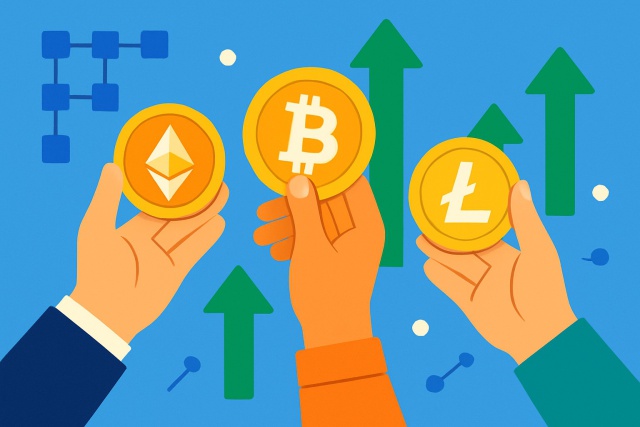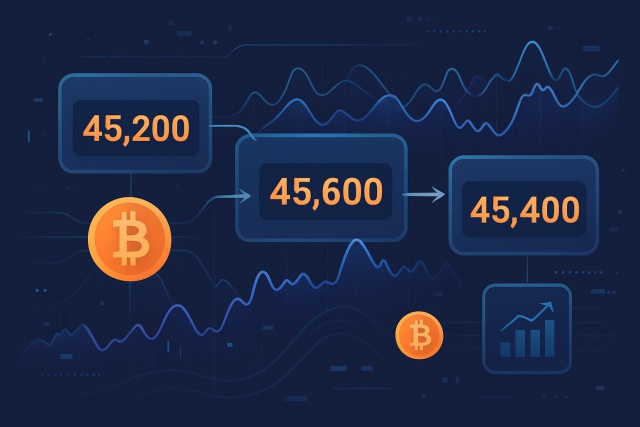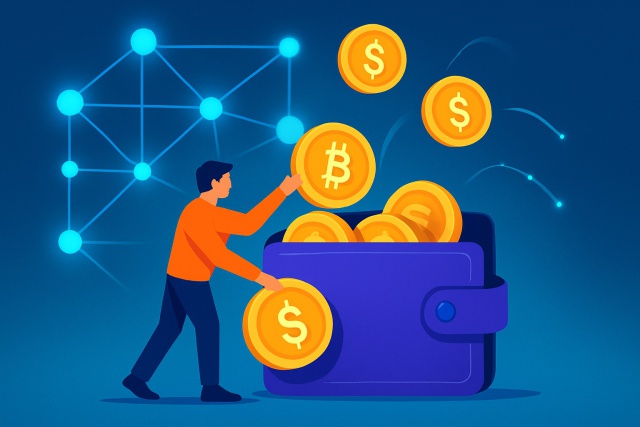How Does Crypto Mining Work? Step by Step

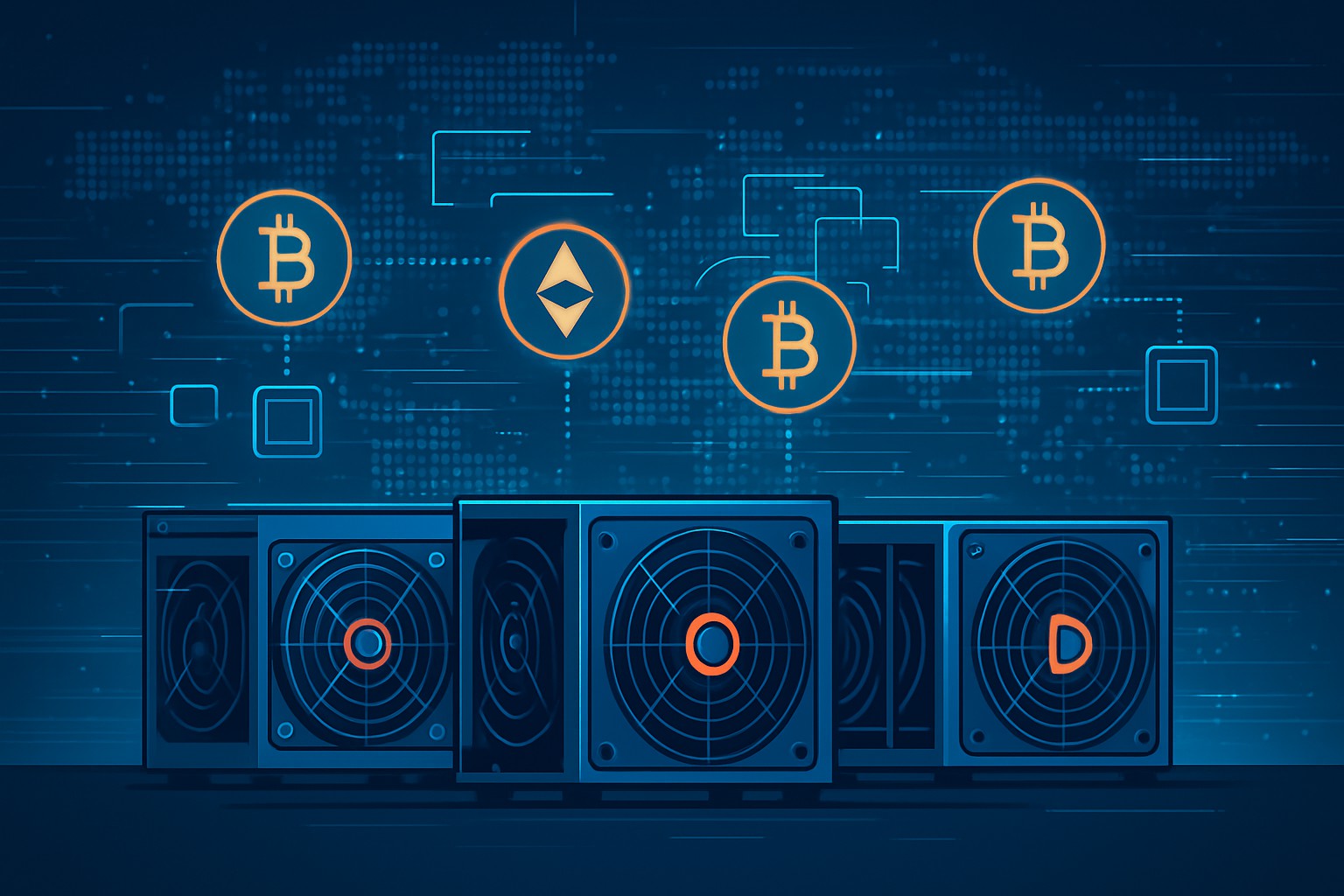
Crypto mining often feels like a maze reserved for tech wizards but at its core it’s simply how cryptocurrencies like Bitcoin keep the lights on and new coins rolling. We’ll take a friendly stroll through the process and reveal what really happens when miners verify transactions and stand guard over the blockchain.
What Does Crypto Mining Involve? Let’s break it down in plain English.
Crypto mining is all about miners rolling up their sleeves to verify and record cryptocurrency transactions on a public ledger known as the blockchain. Think of it as the digital version of balancing the books, only way cooler. This process not only helps keep the network locked down tight against fraud but also rewards miners with fresh digital coins for their hard graft.
- Miners verify transactions to prevent double-spending and keep fraud at bay.
- These transactions are then permanently etched onto a decentralized public ledger called the blockchain.
- Mining also churns out new coins, rewarding miners for their hard work.
- It acts like a security guard for the network, making shady alterations practically impossible to pull off.
- Miners are the unsung heroes, serving as nodes that keep the entire network humming reliably and without a hitch.
A Closer Look at Blockchain and the Way Transactions Really Work
Picture the blockchain as a digital chain made of blocks with each block holding cryptocurrency transactions. These transactions are users requesting to move coins from one wallet to another. Miners swoop in and package these transactions into blocks like busy bees. Then each block is carefully checked and added in order to the blockchain.
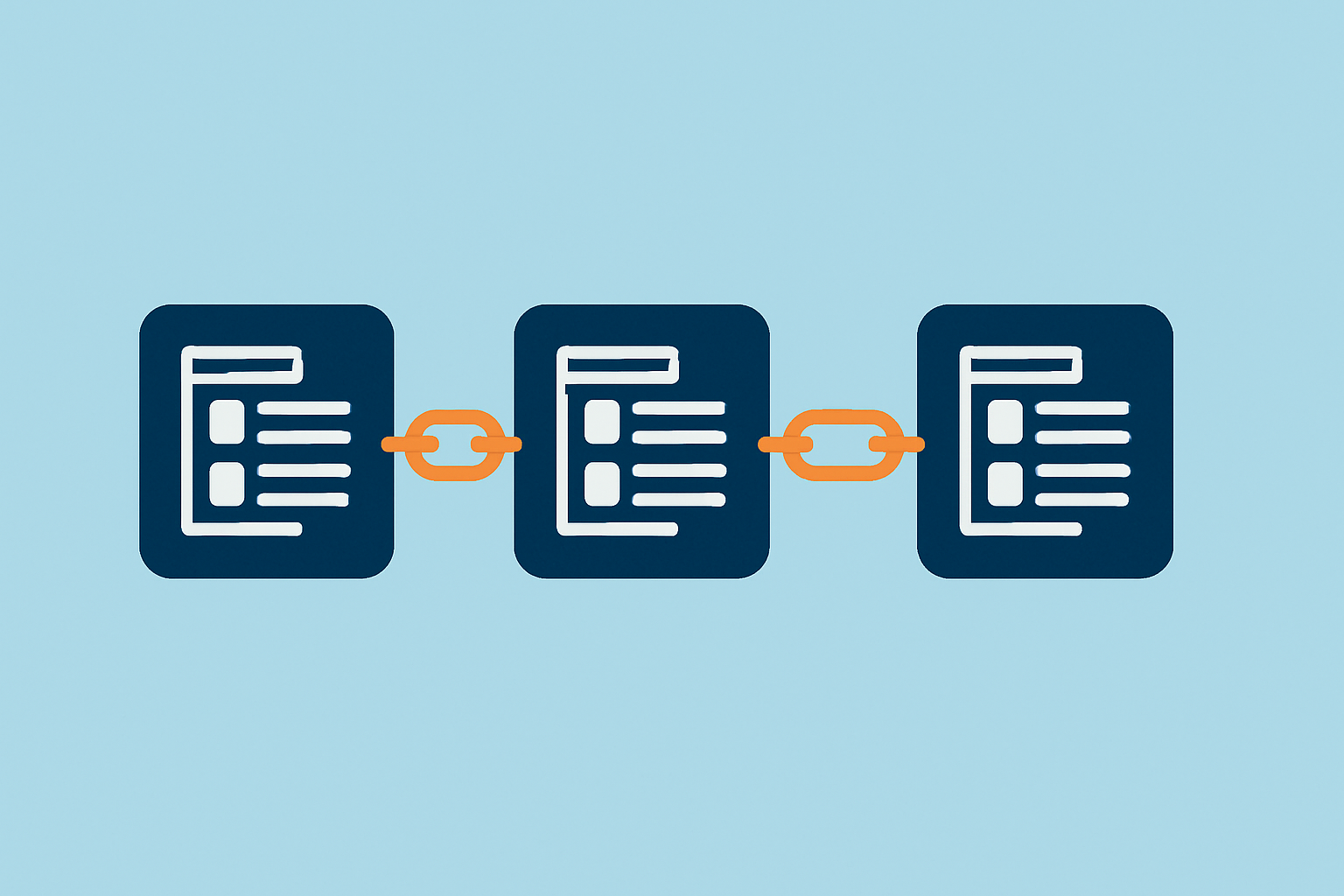
Step 1 Gathering and Confirming Transactions Getting all your ducks in a row before moving forward
Miners kick things off by gathering unconfirmed transactions from the cryptocurrency network's bustling transaction pool. They carefully verify each one, making sure the digital signatures check out and that the sender actually has enough funds to back it up.
Step 2 Creating a New Block Here’s where the fun really begins
Once transactions get the green light, miners bundle them up into a fresh block ready to show off to the network. Each block comes with a header packed with important tidbits like the hash of the previous block. There’s also a timestamp, plus a quirky little number called the nonce.
Step 3 Proof of Work Wrapping Up the Cryptographic Puzzle
Mining is all about Proof of Work (PoW) where miners essentially race against the clock to crack a tough mathematical puzzle. They tirelessly tweak the nonce value in the block header and churn out the block’s hash over and over.
- A hashing function takes the block data and turns it into a fixed-length output called a hash, like a digital fingerprint.
- The difficulty target sets the bar for how tricky it is to find a hash below a certain value. Think of it as the system's way of keeping things challenging.
- Miners tweak the nonce over and over hoping to land on a valid hash. It’s like trying countless combinations until the lock finally clicks open.
- This whole process consumes a ton of computational power and energy.
- It protects the blockchain by making any attempted changes expensive and not worth the hassle.
Step 4 Sending Out the Validated Block Time to let it loose
When a miner stumbles upon a valid hash that ticks all the boxes for the difficulty level, they broadcast their new block to the entire cryptocurrency network. Then, the other nodes roll up their sleeves and independently verify the block’s validity.
Step 5 Collecting Your Mining Rewards Time to cash in on the fruits of your labor
Miners earn rewards as a way to make up for their costly and demanding work. These rewards come in two main flavors: freshly minted cryptocurrency coins called the block reward, and transaction fees paid by users whose transactions get bundled into the newly mined block. Together, these incentives give miners a solid reason to invest in beefy hardware and keep the network humming along smoothly.
Mining rewards are a bit like a digital lottery, where mountains of computing power team up with a pinch of luck. This clever combo keeps miners motivated to play fair, helping to keep cryptocurrencies truly decentralized—something I have found pretty fascinating in how it all comes together.
Fundamentals of Mining Hardware and Software
Diving into the nitty-gritty of mining hardware and software might sound like a dry affair, but hang tight—this stuff is where the magic (and the sweat) happens. Whether you are just dipping your toes or gearing up to go all in, understanding these basics sets you on the right track. Let us unpack the essential gear and the brain behind it all, making this complex world a bit friendlier and way less intimidating.
Mining relies on specialized equipment and software to work with cryptocurrency networks. In the early days, miners used regular CPUs. But as competition increased, GPUs took the spotlight because they handle parallel processing well. Today, Application-Specific Integrated Circuits (ASICs) are the best choice for many cryptocurrencies. They are built specifically for mining and offer high hash rates with better energy efficiency.
| Hardware Type | Power Consumption | Hash Rate (MH/s) | Cost (USD) | Ideal Use Case |
|---|---|---|---|---|
| CPU | Low | Very Low | $100-$500 | Perfect for dipping your toes into mining or handling light, easy-going tasks |
| GPU | Medium to High | Medium to High | $400-$2000 | Versatile choice, great for mining various altcoins and offering a nice balance of power and flexibility |
| ASIC | High | Very High | $1,000-$10,000+ | Built tough for Bitcoin and major PoW coins, best when you’re ready to go all-in on heavy-duty mining |
A No-Nonsense Guide to Common Crypto Mining Terms
- Hash rate: This is basically the speed at which a miner can crunch proof-of-work calculations, usually clocked in hashes per second. Think of it as how fast your brain is working through a tough puzzle.
- Nonce: A little number miners tweak like a DJ adjusting the dial, aiming to cook up different hashes until they hit the magic valid block.
- Difficulty: This measures just how stubbornly hard it is to find a hash below the target threshold, and it gets tweaked now and then to keep things balanced.
- Block Reward: The sweet payoff in crypto coins that miners pocket when they pull off mining a brand-new block—basically their well-earned tip.
- Mining Pool: A gang of miners who pool together their computer muscle to boost their odds of scoring rewards, then divvy up the spoils based on who brought what to the table.
- Fork: When a blockchain splits into two separate paths because of differing validation rules or upgrades, kind of like taking a fork in the road.
- 51% Attack: That uneasy scenario where a miner or crew grabs the lion’s share of the network’s hashing power, giving them the power to double-spend coins or mess with the blockchain’s history.
Challenges and Limitations in Crypto Mining You Should Know
Crypto mining often gets a bad rap for guzzling a ton of energy and leaving a noticeable footprint on the environment. As the network difficulty increases, miners need beefier hardware to keep up. This turns the whole game into fierce competition that can squeeze profit margins for small-scale miners trying to make a break.
Getting Started with Crypto Mining Your Quick and Friendly Intro
Determine which cryptocurrency is worth your time by evaluating its profitability and the equipment required to get started.
Select mining hardware that balances cost and power consumption with hash rate to maintain affordability and energy efficiency.
Download and configure the mining software to connect your hardware to the blockchain network for seamless operation.
For more consistent returns, consider joining a mining pool where resources are combined and payouts are reliable.
Monitor your setup's performance regularly and adjust settings to optimize efficiency and enhance profitability.
Beginners usually get the best results by starting with modest setups and taking the time to understand how does crypto mining work, including electricity costs and hardware needs. They should also steer clear of tempting schemes that promise quick riches.
Frequently Asked Questions
Is crypto mining still profitable for an individual with a regular computer?
Mining major cryptocurrencies like Bitcoin on a regular computer is pretty much a long shot nowadays. The competition is fierce and specialized ASIC rigs hog the spotlight. Plus, the electricity bills tend to bite harder than any rewards you might scrape together. Whether it’s worth it boils down to your hardware’s hash rate, how much you’re paying for power and the ever-shifting difficulty and value of the cryptocurrency.
What exactly is the 'nonce' and why is it so important?
Think of the nonce as a random number that miners play around with in the block header. It’s a key player in the whole Proof-of-Work game. By changing the nonce, miners generate a fresh batch of hash results for the same block data. They try trillions of combinations until one meets the network’s difficulty bar and gets the block validated. It’s like trying different keys until you find the one that opens the lock.
How does joining a mining pool actually work?
A mining pool is where a bunch of miners toss their computing power into a shared pot to increase the odds of cracking a block and scoring that sweet reward. Once the pool hits the jackpot, the prize is divvied up among everyone based on how much work (hash rate) they pitched in. It usually means getting smaller cuts but more often so it’s a steadier hustle compared to going solo.
Besides buying coins, what are the main costs involved in setting up a mining operation?
The heavyweight costs come from snagging specialized gear like ASICs or top-of-the-line GPUs and the ongoing pain of electricity bills to power and keep that gear cool. You’ll also want a solid internet connection, regular tune-ups for your hardware and possibly joining a mining pool that might take a tiny slice of your earnings. It’s a bit like owning a high-maintenance pet — rewarding but definitely not free.
Once a transaction is added to a block and mined, is it immediately confirmed?
Technically, yes — a transaction is confirmed the moment it’s tucked into a mined block. But the real security comes with each extra block that gets linked on top. For small transactions, one confirmation usually does the trick but bigger deals often call for several confirmations — typically between 3 and 6 blocks — to make sure the transaction is really set in stone and can’t be reversed.
Start Your Crypto Journey with Coinbase Today
Ready to enter the cryptocurrency market but unsure where to begin? Coinbase makes buying, selling, and storing digital assets simple and secure for beginners and experts alike.




